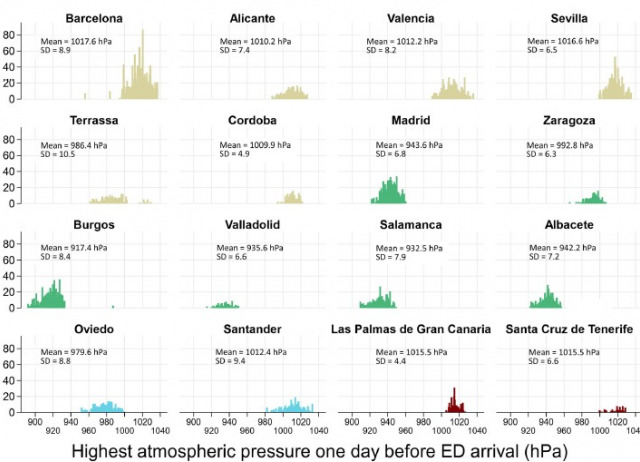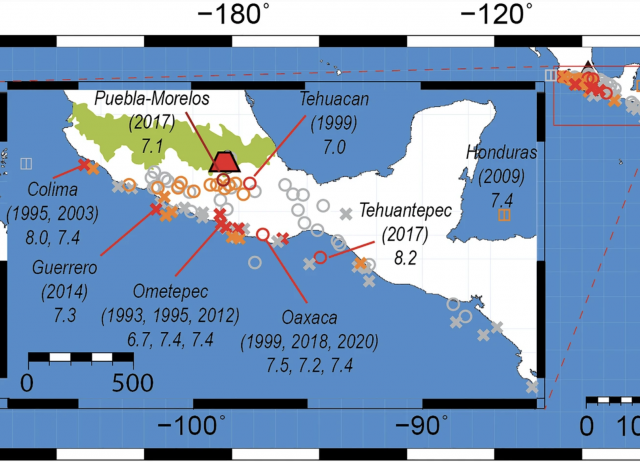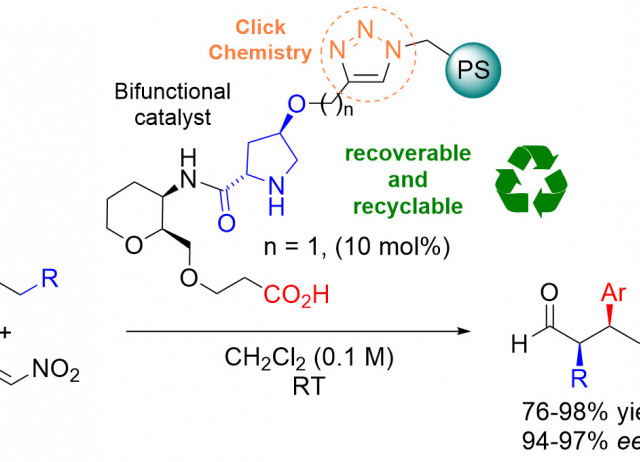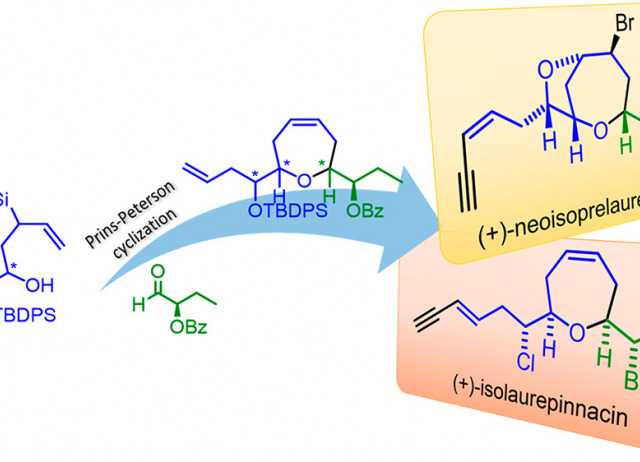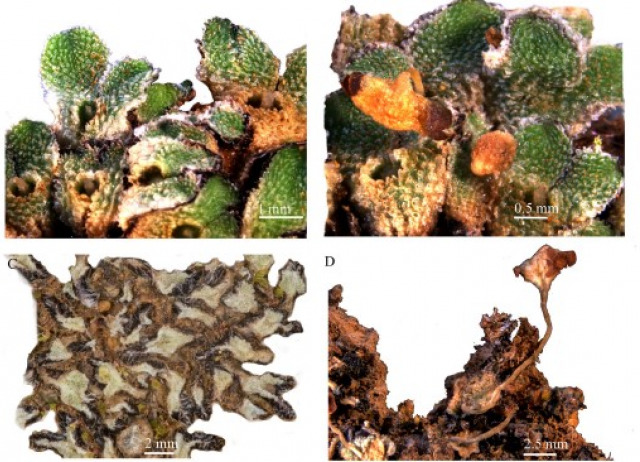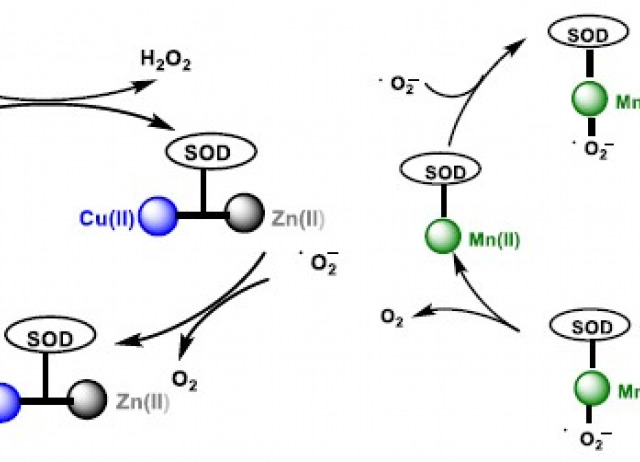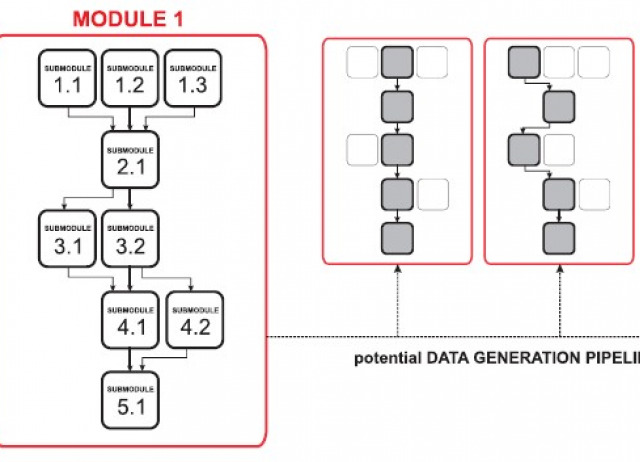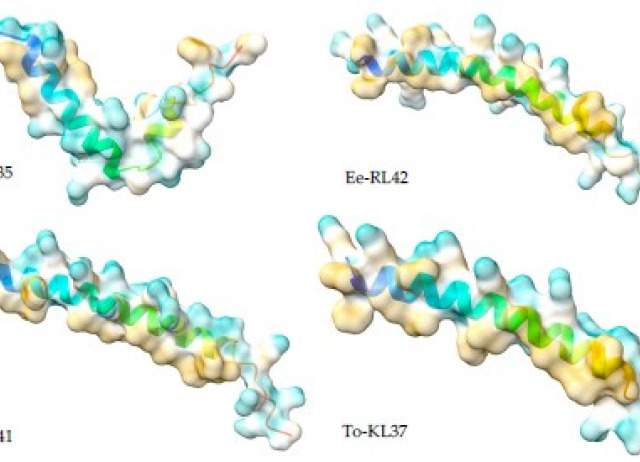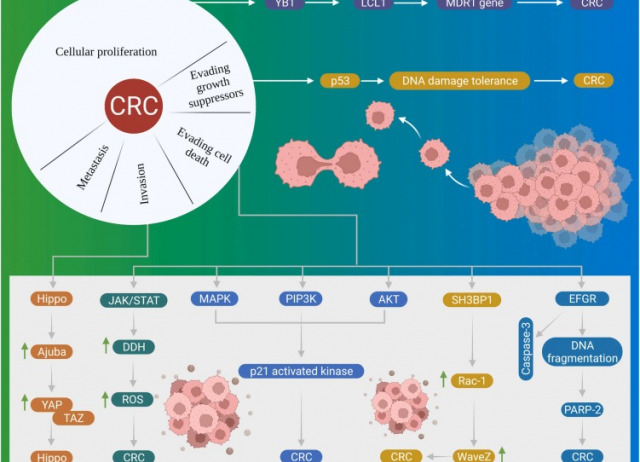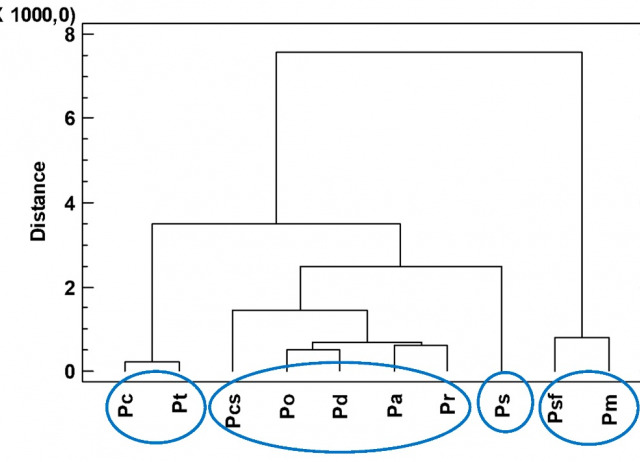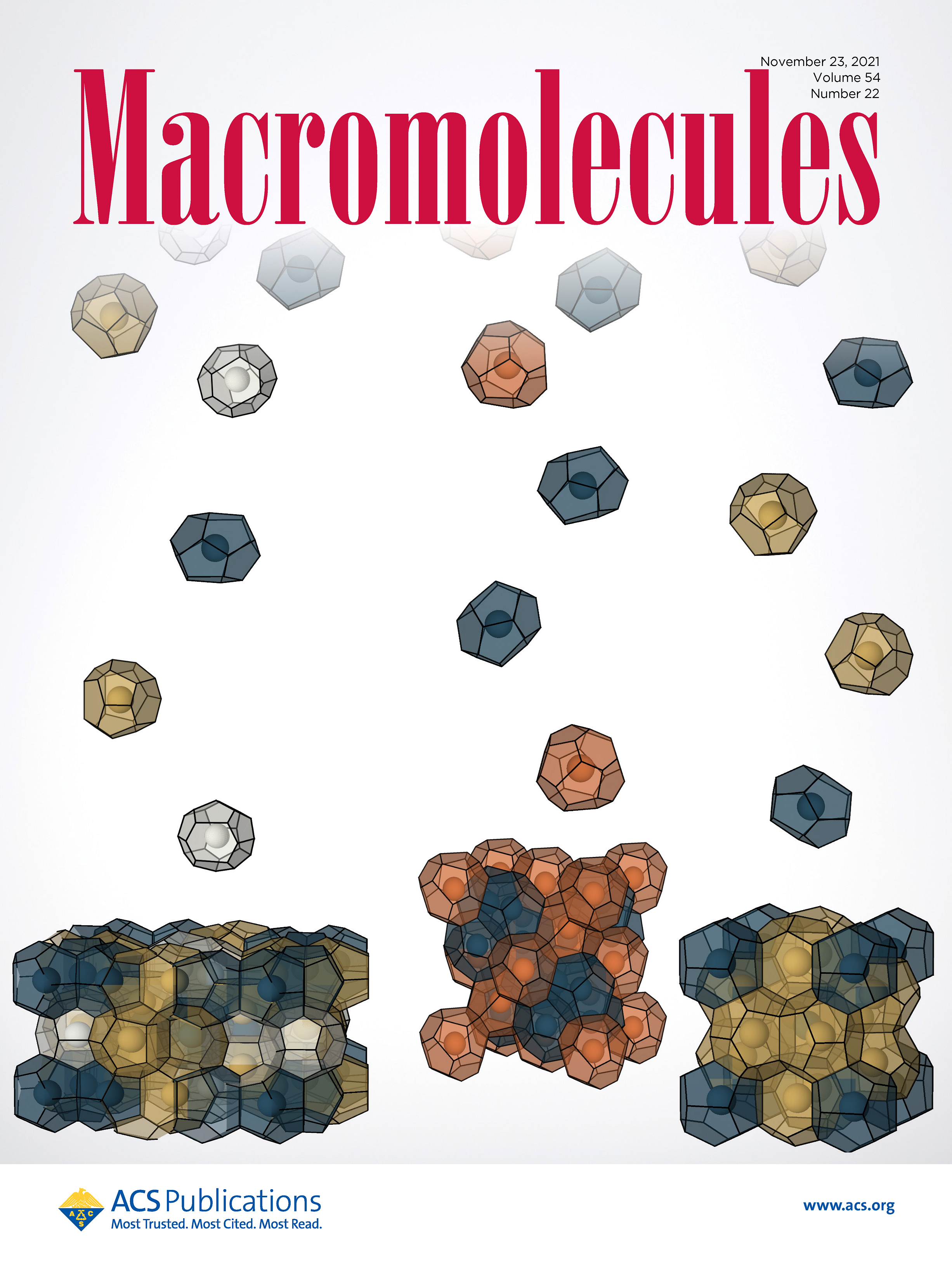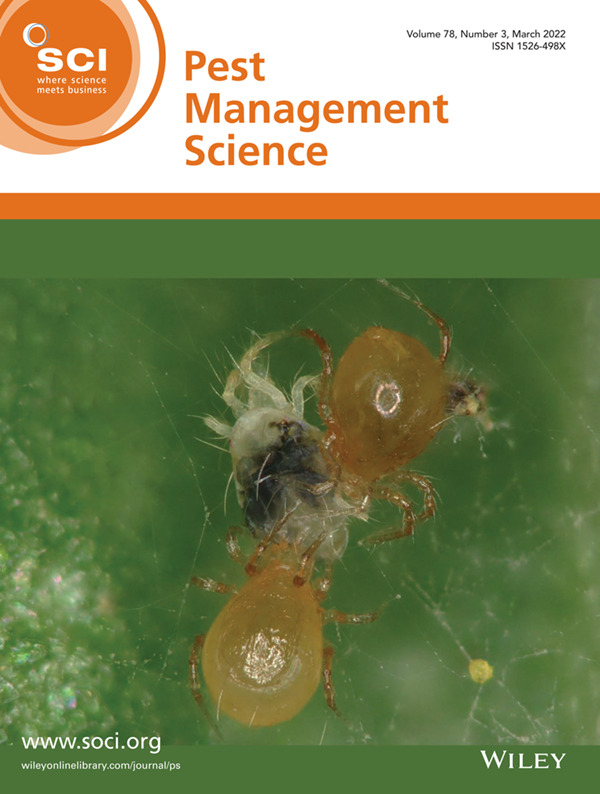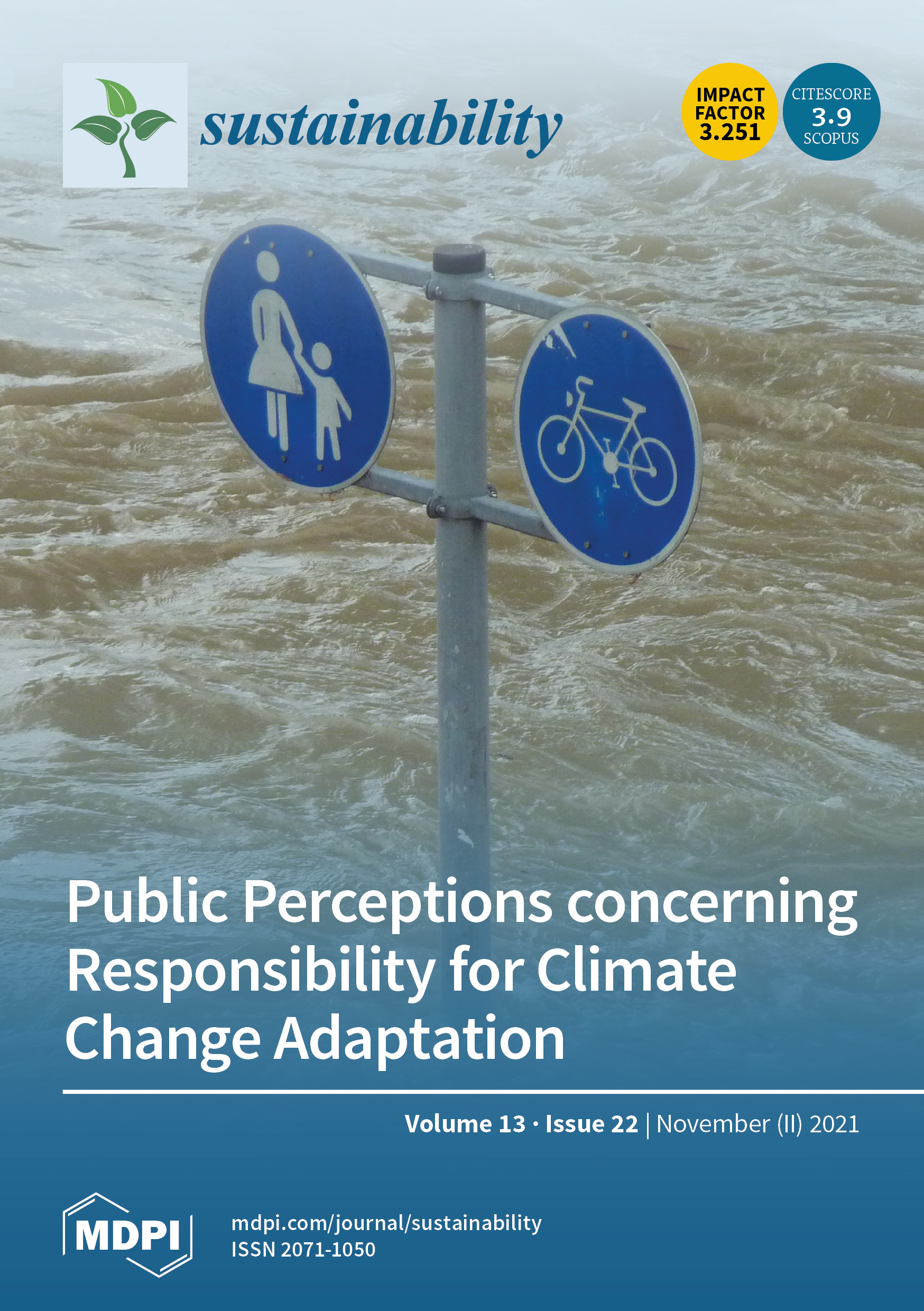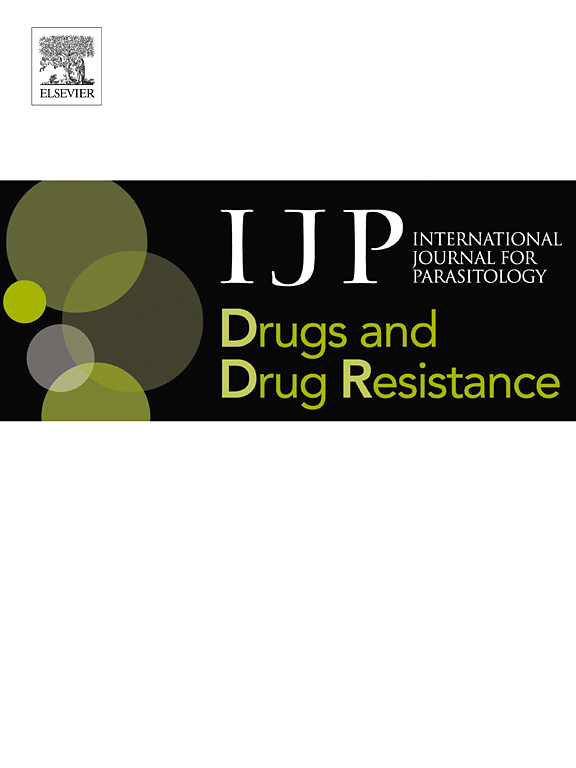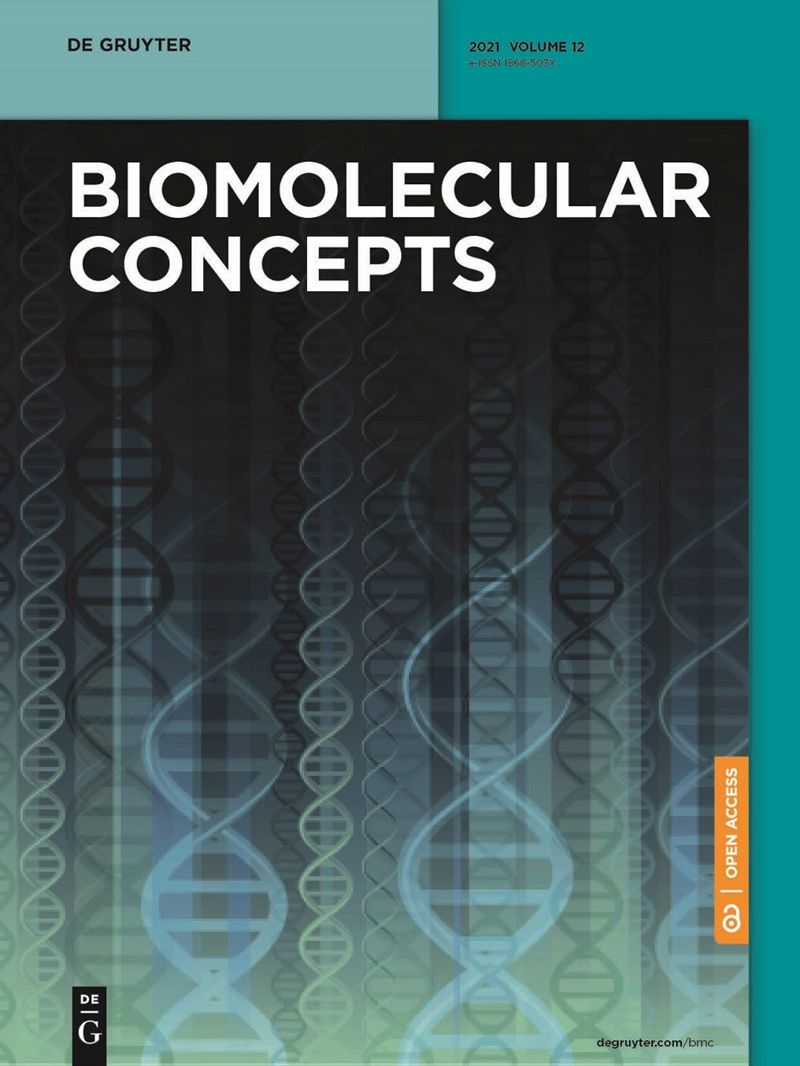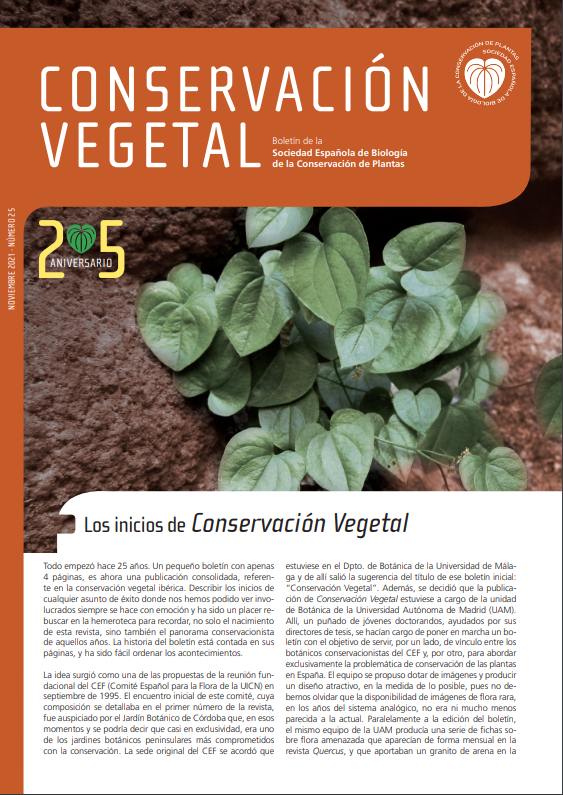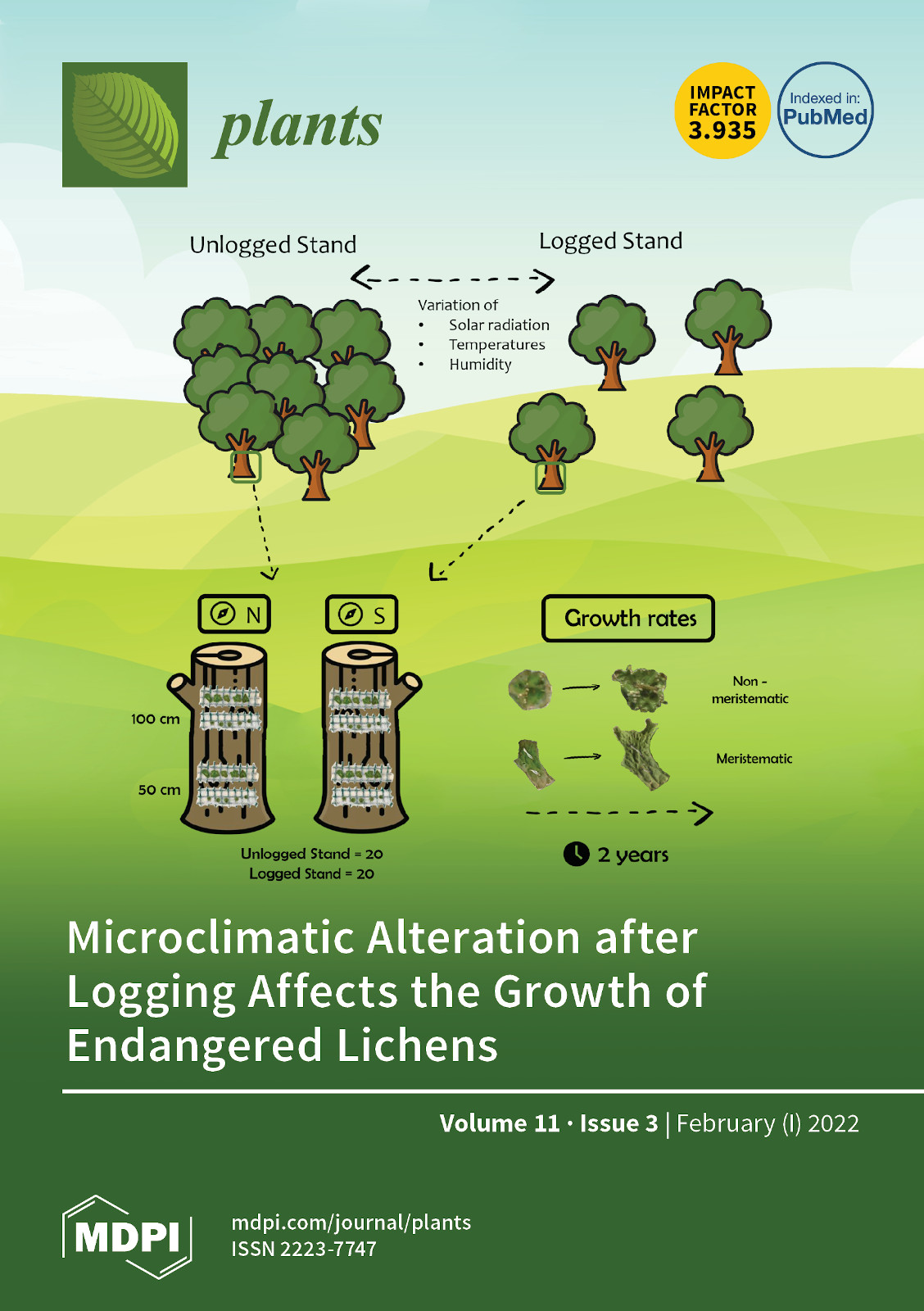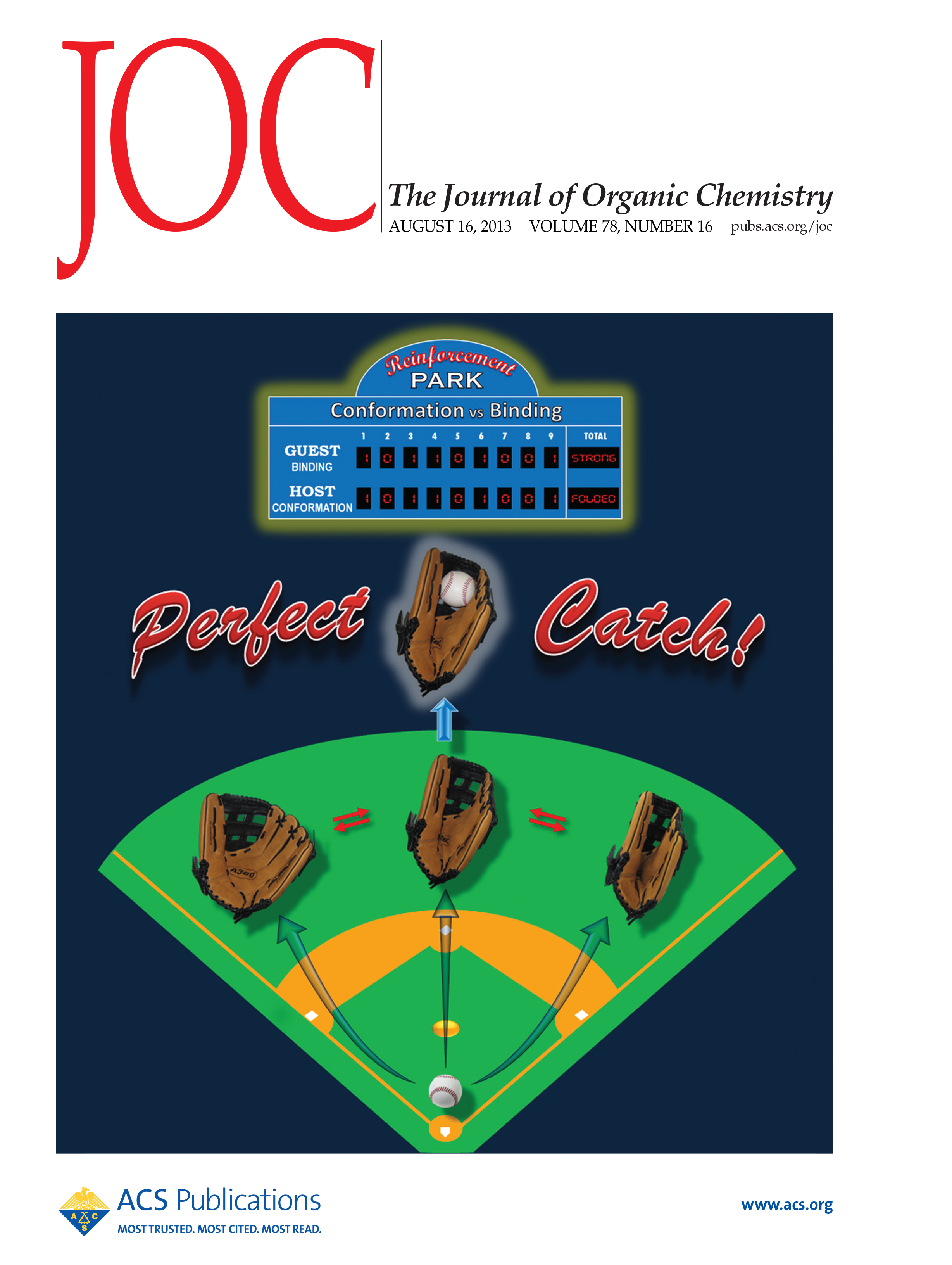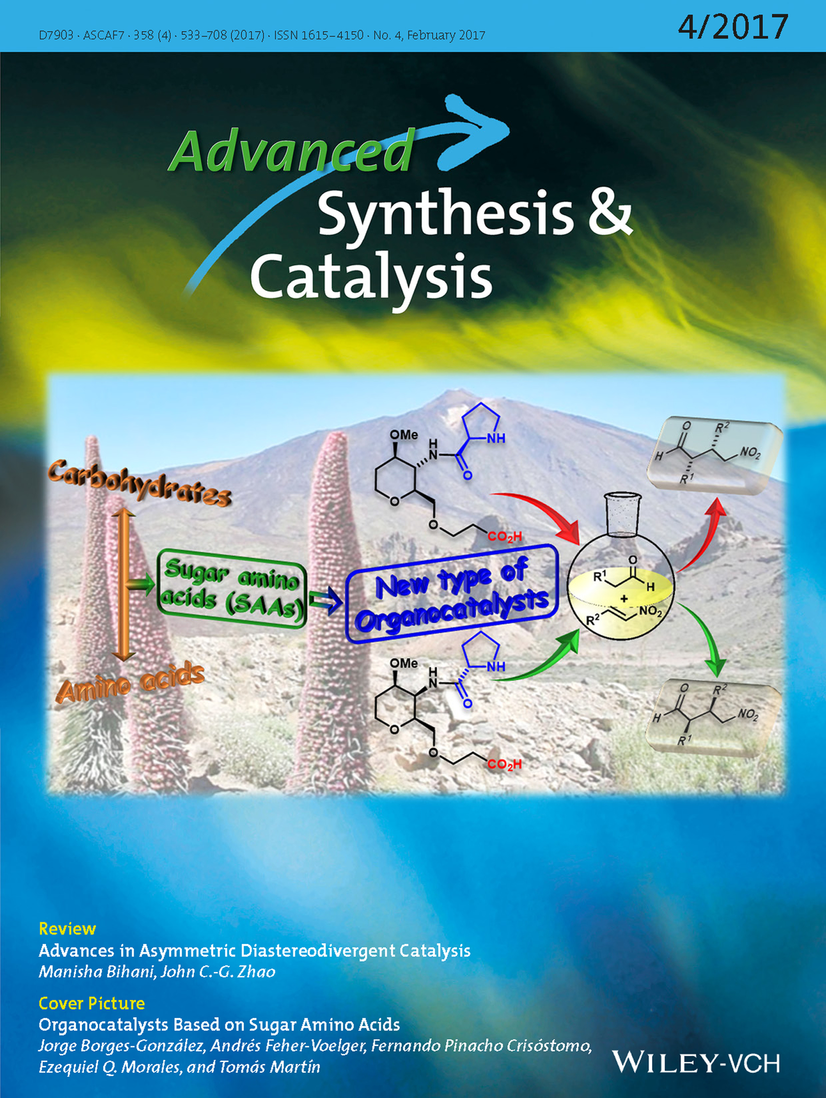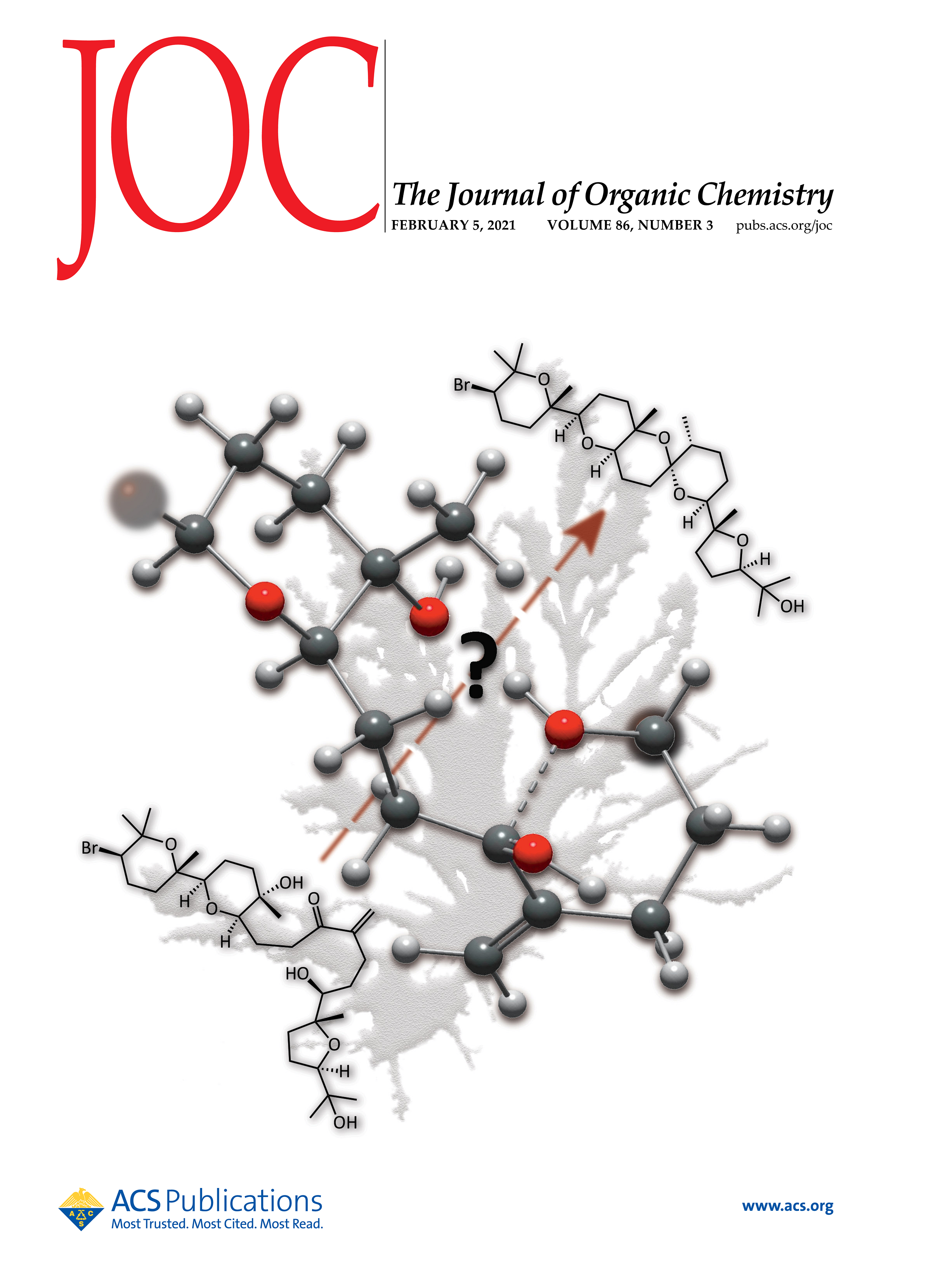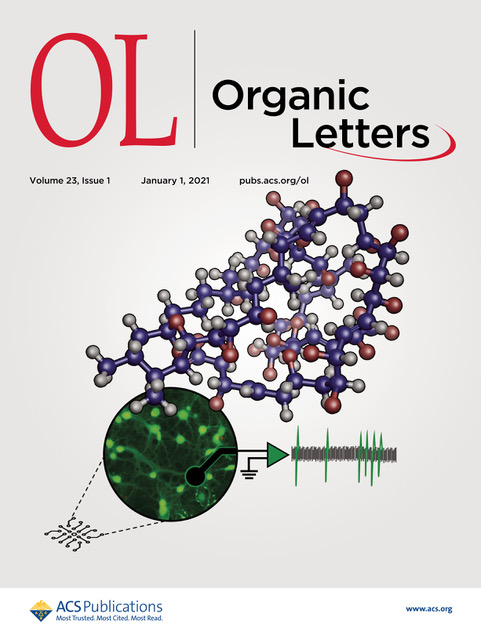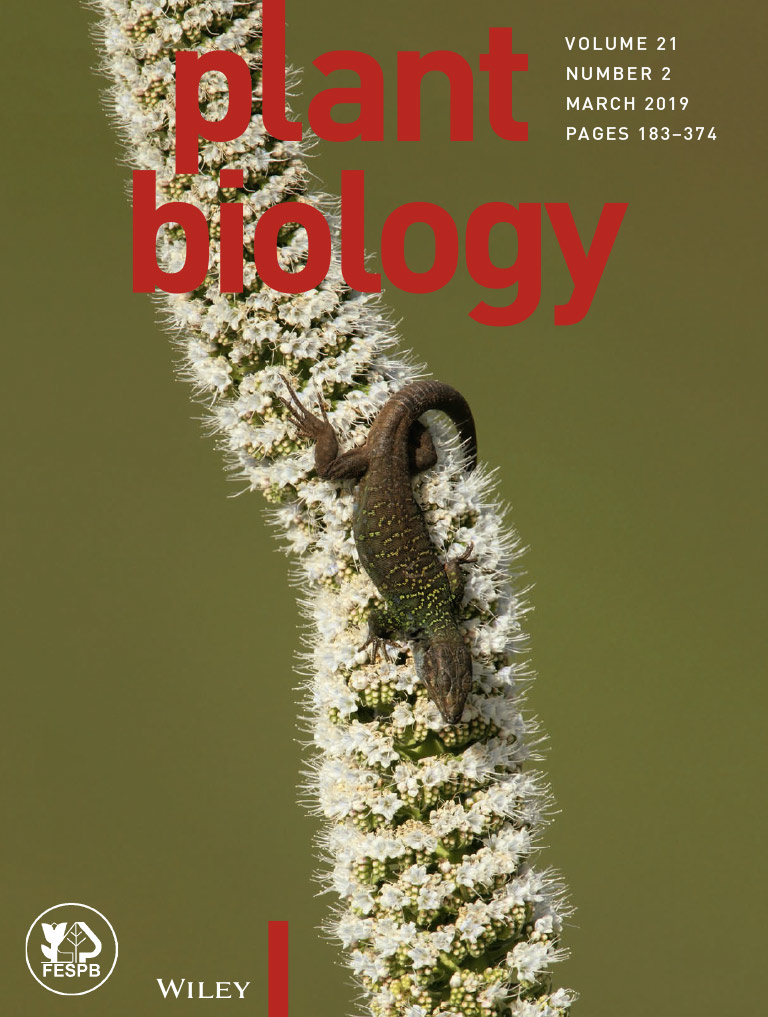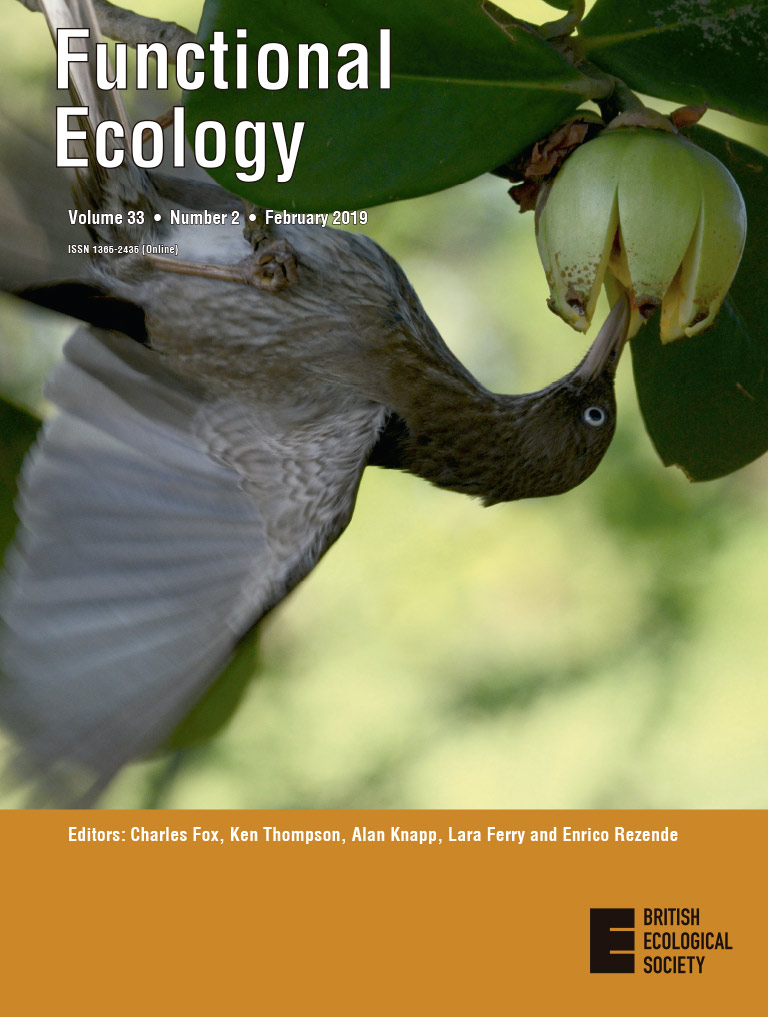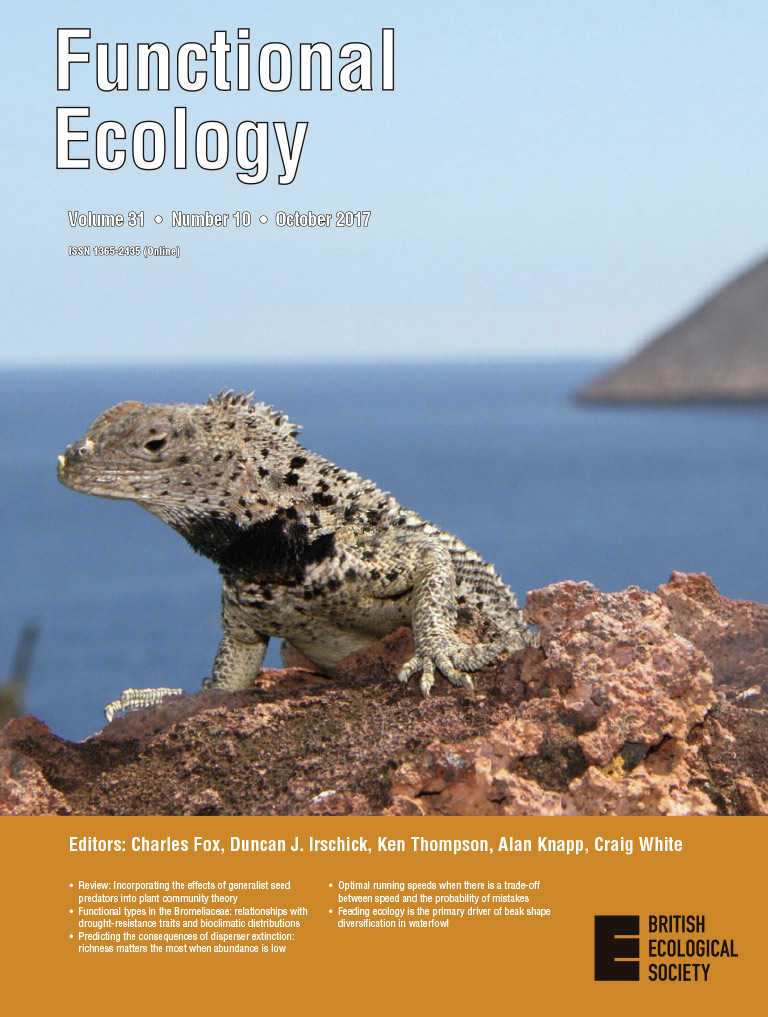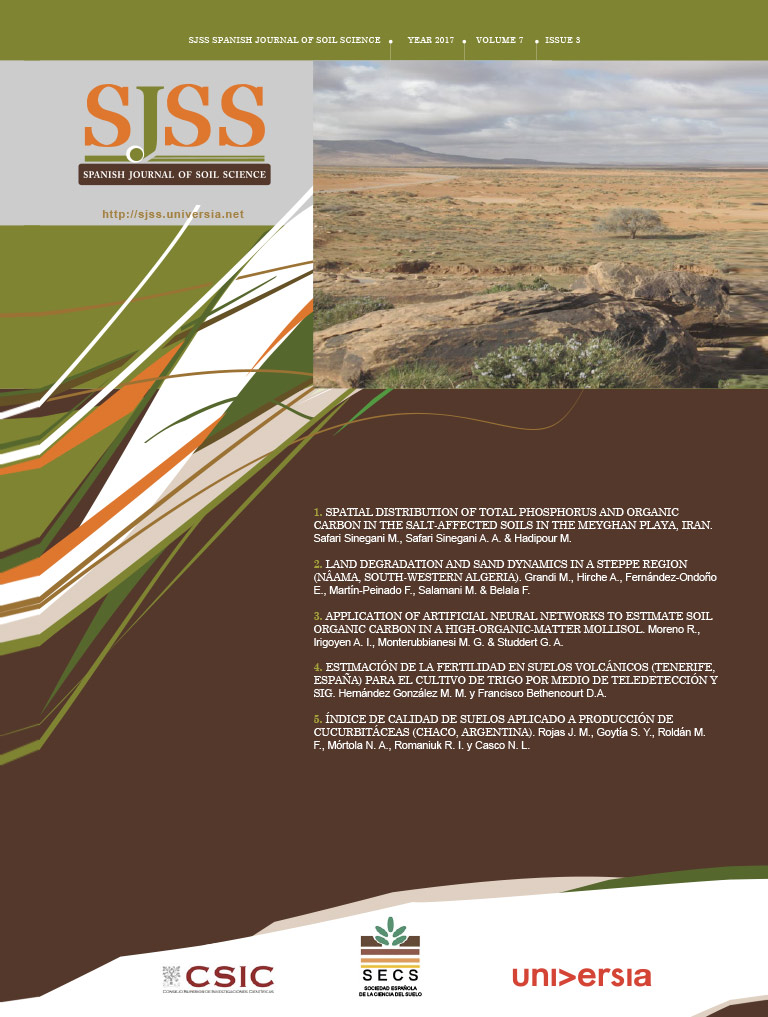Publicaciones
Esta sección incluye una lista de los últimos artículos científicos del IPNA publicados en revistas incluidas en el Science Citation Index (SCI).
En DIGITAL.CSIC, repositorio institucional del CSIC, pueden encontrar el listado completo de artículos científicos desde 1962, así como otras colecciones de interés como congresos, tesis, libros, material divulgativo, etc. del centro. El objetivo de DIGITAL.CSIC es organizar, preservar y difundir en acceso abierto los resultados de nuestra investigación.
En el repositorio institucional del CSIC, pueden encontrar el listado completo de artículos científicos, así como otras colecciones de interés como congresos, tesis, libros, material divulgativo, etc.
Análisis de la Producción Científica del IPNA 2014-2019: análisis bibliométrico realizado a partir de datos recogidos en Scopus y Web of Science.

Influence of Meteorological Temperature and Pressure on the Severity of Heart Failure Decompensations
Objective: To investigate the relationship between ambient temperature and atmospheric pressure (AP) and the severity of heart failure (HF) decompensations.
Methods: We analysed patients coming from the Epidemioloy Acute Heart Failure Emergency (EAHFE) Registry, a multicentre prospective cohort study enrolling patients diagnosed with decompensated HF in 26 emergency departments (EDs) of 16 Spanish cities. We recorded patient and demographic data and maximum temperature (Tmax) and AP (APmax) the day before ED consultation. Associations between temperature and AP and severity endpoints were explored by logistic regression. We used restricted cubic splines to model continuous non-linear associations of temperature and AP with each endpoint.
Results: We analysed 16,545 patients. Daily Tmax and APmax (anomaly) of the day before patient ED arrival ranged from 0.8 to 41.6° and from − 61.7 to 69.9 hPa, respectively. A total of 12,352 patients (75.2%) were hospitalised, with in-hospital mortality in 1171 (7.1%). The probability of hospitalisation by HF decompensation showed a U-shaped curve versus Tmax and an increasing trend versus APmax. Regarding temperature, hospitalisation significantly increased from 20 °C (reference) upwards (25 °C: OR = 1.12, 95% CI = 1.04–1.21; 40 °C: 1.65, 1.13–2.40) and below 5.4 °C (5 °C: 1.21, 1.01–1.46). Concerning the mean AP of the city (anomaly = 0 hPa), hospitalisation increased when APmax (anomaly) was above + 7.0 hPa (atmospheric anticyclone; + 10 hPa: 1.14, 1.05–1.24; + 30 hPa: 2.02. 1.35–3.03). The lowest probability of mortality also corresponded to cold-mild temperatures and low AP, with a significant increased risk only found for Tmax above 24.3 °C (25 °C: 1.13, 1.01–1.27; 40 °C: 2.05, 1.15–3.64) and APmax (anomaly) above + 3.4 hPa (+ 10 hPa: 1.21, 1.07–1.36; + 30 hPa: 1.73, 1.06–2.81). Sensitivity analysis confirmed the main analysis results.
Conclusion: Temperature and AP are independently associated with the severity of HF decompensations, with possible different effects on the need for hospitalisation and in-hospital mortality.
Miró, Òscar; Benito-Lozano, Miguel; Lopez-Ayala, Pedro; Rodríguez, Sergio; Llorens, Pere; Yufera-Sanchez, Ana; Jacob, Javier; Traveria, Lissete; Strebel, Ivo; Gil, Víctor; Tost, Josep; López-Hernández, Maria de los Angeles; Alquézar-Arbé, Aitor; Espinosa, Begoña; Mueller, Christian; Burillo-Putze, Guillermo.
Modulation of Popocatépetl’s activity by regional and worldwide earthquakes
Volcanoes switching from quiescence to eruption shortly after catastrophic earthquakes have raised interest for volcanic triggering and the influence of earthquakes on volcanic activity. Its influence on already active systems and especially at open-vent volcanoes is more difficult to apprehend. A number of recent observations suggest an influence of tectonic earthquakes on Popocatépetl’s activity, the importance of which remains unknown. To further investigate this, we introduce an index, based on the near-field concept, identifying the earthquakes with the highest potential to promote volcanic activity (hereafter termed “significant earthquakes”). The time series of significant earthquakes is compared with the intensity of the volcanic activity, as characterized by the number and energy of volcano-tectonic earthquakes, the number of dome extrusions, the intensity of thermal and degassing fluxes, and ash production. Three main periods with contrasting activity stand out showing that Popocatépetl presents intense activity when significant tectonic earthquakes are frequent. Enhanced extrusion apparently follows significant earthquakes quickly with pulses of dome extrusion that peak after 1.3 ± 0.3 years. Conversely, extrusive activity vanishes when significant seismicity disappears, as during the period 2003–2011, which coincides with a 12-year-long significant seismicity gap. Hence, we propose that the 1994–2022 open-vent activity at Popocatépetl is in part modulated by the repetitive occurrence of significant earthquakes that periodically promote volcanic activity.
Boulesteix, Thomas; Legrand, Denis;Taquet, Noémie; Coppola, Diego; Laiolo, Marco; Valade, Sébastien; Massimetti, Francesco; Caballero-Jiménez, Gema; Campion, Robin.
Solid-Supported Tetrahydropyran-Based Hybrid Dipeptide Catalysts for Michael Addition of Aldehydes to Nitrostyrenes
The heterogenization of homogeneous catalysts onto a solid support is a step towards a more sustainable chemistry. The recovery and reuse of catalysts is extremely important from a practical, economic and environmental point of view. In this regards, we report a series of polymer-supported tetrahydropyran-based hybrid dipeptides that serve as active catalysts for the enantioselective Michael addition of aldehydes to β-nitrostyrenes. These supported catalysts have been designed considering the optimal anchor position and orientation between the catalyst and the solid support. Additionally, the influence of the linker length on the catalytic efficiency was studied. The catalysts allowed the transformation of a variety of substrates in 76–98% yield and with 94–97% enantiomeric excess. Detailed deactivation studies have provided important information, which allows to increase the useful life of these immobilized catalysts.
García-Monzón, Irma; Borges-González, Jorge; Martín, Tomás
Shortest Enantioselective Total Syntheses of (+)-Isolaurepinnacin and (+)-Neoisoprelaurefucin
The shortest enantioselective total syntheses of (+)-isolaurepinnacin and (+)-neoisoprelaurefucin have been accomplished. These syntheses were based on a common parallel synthetic strategy using Prins–Peterson cyclization in their core construction. In only one step, a seven-membered ring oxacycle with the correct cis-stereochemistry ring closure and the Δ4 position of the endocyclic double bond in (+)-isolaurepinnacin was obtained. This unsaturation was also necessary to accede to the bromodioxabicycle on (+)-neoisoprelaurefucin.
Sinka, Victoria; Cruz, Daniel A.; Martín, Víctor S.; Padrón, Juan I.
Exormotheca martins-loussaoae (Exormothecaceae, Hepaticae), a new species from Cape Verde
Former phylogenetic evidence for the genus Exormotheca revealed the existence of a distinct and monophyletic clade restricted to the oceanic archipelago of Cape Verde. During the fieldwork carried out in Cape Verde between 2016 and 2019, we found distinctive populations of Exormotheca. In this study, we aim to investigate the Exormotheca pustulosa complex and its relationship to other Exormotheca species that coexist in the same geographical areas, using morphological characteristics, and to present a formal description of a new Exormotheca species from Cape Verde Archipelago. A total of 60 specimens belonging to Exormotheca genus were examined. The specimens included samples, with broad taxonomic coverage of the E. pustulosa species, as well as from two phylogenetically close taxa E. holstii, and E. welwitschii. The characters studied were selected based on previous works that describe and distinguish species within the genus Exormotheca, and from our own observations. A new species, Exormotheca martins-loussaoae from Cape Verde is described. The new species can be recognized by the dark green color of the thallus and the almost entire dark purple scales, and the thallus surface having 6 − 9 regular rows with large conical air chambers, occupied by a thin assimilation tissue.
Martins, Anabela; García, César Augusto; Patiño, Jairo; Sim-Sim, Manuela
Chemistry of Hydrogen Peroxide Formation and Elimination in Mammalian Cells, and Its Role in Various Pathologies
Hydrogen peroxide (H2O2) is a compound involved in some mammalian reactions and processes. It modulates and signals the redox metabolism of cells by acting as a messenger together with hydrogen sulfide (H2S) and the nitric oxide radical (•NO), activating specific oxidations that determine the metabolic response. The reaction triggered determines cell survival or apoptosis, depending on which downstream metabolic pathways are activated. There are several ways to produce H2O2 in cells, and cellular systems tightly control its concentration. At the cellular level, the accumulation of hydrogen peroxide can trigger inflammation and even apoptosis, and when its concentration in the blood reaches toxic levels, it can lead to bioenergetic failure. This review summarizes existing research from a chemical perspective on the role of H2O2 in various enzymatic pathways and how this biochemistry leads to physiological or pathological responses.
Curieses Andrés, Celia María; Pérez de Lastra, José Manuel; Andrés Juan, Celia; Plou Gasca, Francisco José; Pérez-Lebeña, Eduardo.
Toward global integration of biodiversity big data: a harmonized metabarcode data generation module for terrestrial arthropods
Metazoan metabarcoding is emerging as an essential strategy for inventorying biodiversity,with diverse projects currently generating massive quantities of community-level data. The potential for integrating across such data sets offers new opportunities to better understand biodiversity and how it might respond to global change. However, large-scale synthesesmay be compromised if metabarcoding workflows differ from each other. There are ongoing efforts to improve standardization for the reporting of inventory data. However, harmonization at the stage of generating metabarcode data has yet to be addressed. A modular framework for harmonized data generation offers a pathway to navigate the complex structure of terrestrial metazoan biodiversity. Here, through our collective expertise as practitioners,method developers, and researchers leading metabarcoding initiatives to inventory terrestrial biodiversity, we seek to initiate a harmonized framework for metabarcode data generation, with a terrestrial arthropod module. We develop an initial set of submodules covering the 5 main steps of metabarcode data generation: (i) sample acquisition; (ii) sample processing; (iii) DNA extraction; (iv) polymerase chain reaction amplification, library preparation, and sequencing; and (v) DNA sequence and metadata deposition, providing a backbone for a terrestrial arthropod module. To achieve this, we (i) identified key points for harmonization, (ii) reviewed the current state of the art, and (iii) distilled existing knowledge within submodules, thus promoting best practice by providing guidelines and recommendations to reduce the universe of methodological options.We advocate the adoption and further development of the terrestrial arthropodmodule.We further encourage the development of modules for other biodiversity fractions as an essential step toward large-scale biodiversity synthesis through harmonization.
Arribas, Paula; Andújar, Carmelo; Bohmann, Kristine; deWaard, Jeremy R.; Economo, Evan P.; Elbrecht, Vasco; Geisen, Stefan; Goberna, Marta; Krehenwinkel, Henrik; Novotny, Vojtech; Zinger, Lucie; Creedy, Thomas J.; Meramveliotakis, Emmanouil; Noguerales, Víctor; Overcast, Isaac; Morlon, Hélène; Papadopoulou, Anna; Vogler, Alfried P.; Emerson, Brent C.
Antimicrobial Activity of Cathelicidin-Derived Peptide from the Iberian Mole Talpa occidentalis
The immune systems of all vertebrates contain cathelicidins, a family of antimicrobial peptides. Cathelicidins are a type of innate immune effector that have a number of biological functions, including a well-known direct antibacterial action and immunomodulatory function. In search of new templates for antimicrobial peptide discovery, we have identified and characterized the cathelicidin of the small mammal Talpa occidentalis. We describe the heterogeneity of cathelicidin in the order Eulipotyphla in relation to the Iberian mole and predict its antibacterial activity using bioinformatics tools. In an effort to correlate these findings, we derived the putative active peptide and performed in vitro hemolysis and antimicrobial activity assays, confirming that Iberian mole cathelicidins are antimicrobial. Our results showed that the Iberian mole putative peptide, named To-KL37 (KLFGKVGNLLQKGWQKIKNIGRRIKDFFRNIRPMQEA) has antibacterial and antifungal activity. Understanding the antimicrobial defense of insectivores may help scientists prevent the spread of pathogens to humans. We hope that this study can also provide new, effective antibacterial peptides for future drug development.
Otazo-Pérez, Andrea; Asensio-Calavia, Patricia; González-Acosta, Sergio; Baca-González, Victoria; López, Manuel R; Morales-De la Nuez, Antonio; Pérez de la Lastra, José Manuel.
Cellular landscaping of cisplatin resistance in cervical cancer
Cervical cancer (CC) caused by human papillomavirus (HPV) is one of the largest causes of malignancies in women worldwide. Cisplatin is one of the widely used drugs for the treatment of CC is rendered ineffective owing to drug resistance. This review highlights the cause of resistance and the mechanism of cisplatin resistance cells in CC to develop therapeutic ventures and strategies that could be utilized to overcome the aforementioned issue. These strategies would include the application of nanocarries, miRNA, CRIPSR/Cas system, and chemotherapeutics in synergy with cisplatin to not only overcome the issues of drug resistance but also enhance its anti-cancer efficiency. Moreover, we have also discussed the signaling network of cisplatin resistance cells in CC that would provide insights to develop therapeutic target sites and inhibitors. Furthermore, we have discussed the role of CC metabolism on cisplatin resistance cells and the physical and biological factors affecting the tumor microenvironments.
Bhattacharjeea, Rahul; Deya, Tanima; Kumar, Lamha; Kar, Sulagna; Sarkar, Ritayan; Ghorai, Mimosa; Malik, Sumira; Kumar Jha, Niraj; Vellingiri, Balachandar; Kumar Kesari, Kavindra; Pérez de Lastra, José Manuel; Dey, Abhijit.
Antifungal and Herbicidal Potential of Piper Essential Oils from the Peruvian Amazonia
The chemical composition of essential oils (EOs) from ten Peruvian Piper species (Piper coruscans, Pc; P. tuberculatum, Pt; P. casapiense, Pcs; P. obliquum, Po; P. dumosum, Pd; P. anonifolium, Pa; P. reticulatum, Pr; P. soledadense, Ps; P. sancti-felicis, Psf and P. mituense, Pm) has been studied, along with their antifungal and phytotoxic activities. These EOs contained β-bisabolene/nerolidol (Pc), β-bisabolene/δ-cadinene/caryophyllene (Pt), caryophyllene oxide (Pcs), bicyclogermacrene/10-epi-Elemol (Po), bicyclogermacrene/germacrene-D/apiol (Pd), caryophyllene/germacrene-D (Pa), germacrene-D (Pr), limonene/apiol (Ps), apiol (Psf), and apiol/bicyclogermacrene (Pm) as major components, and some are described here for the first time (Ps, Pcs, Pm). A composition-based dendrogram of these Piper species showed four major groups (G1: Pc and Pt, G2: Pcs, Po, Pd, Pa, and Pr, G3: Ps, and G4: Psf and Pm). The spore germination effects (Aspergillus niger, Botrytis cinerea, and Alternaria alternate) and phytotoxicity (Lolium perenne and Lactuca sativa) of these EOs were studied. Most of these Piper essential oils showed important activity against phytopathogenic fungi (except G1), especially against B. cinerea. Similarly, most of the essential oils were phytotoxic against L. perenne (except G1), with P. sancti-felicis (G4), P. casapiense (G2), and P. reticulatum (G2) being the most effective. Caryophyllene oxide, β-caryophyllene, β-pinene, limonene, α-humulene, and apiol were evaluated against B. cinerea, with the most effective compounds being β-pinene, apiol, and limonene. This work demonstrates the species-dependent potential of essential oils from Peruvian Piper species as fungicidal and herbicidal agents.
Ruiz-Vásquez, Liliana; Ruiz Mesia, Lastenia; Caballero Ceferino, Henry Denny; Ruiz Mesia, Wilfredo; Andrés, Maria Fe; Díaz, Carmen E.; Gonzalez-Coloma, Azucena.
